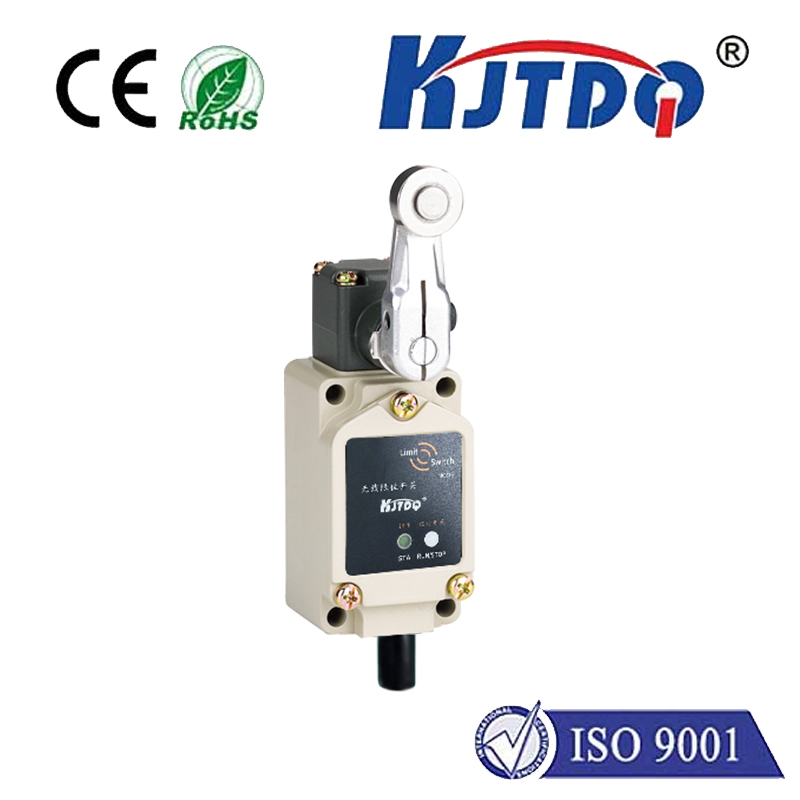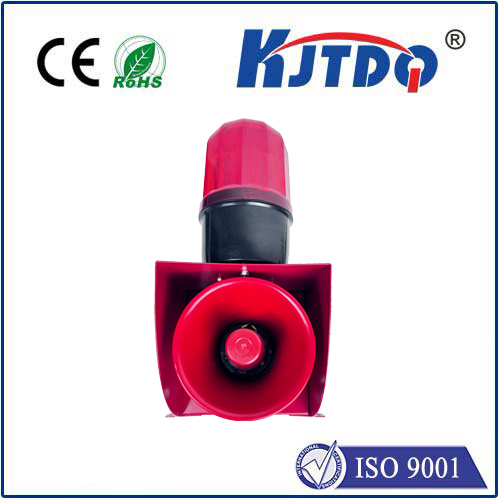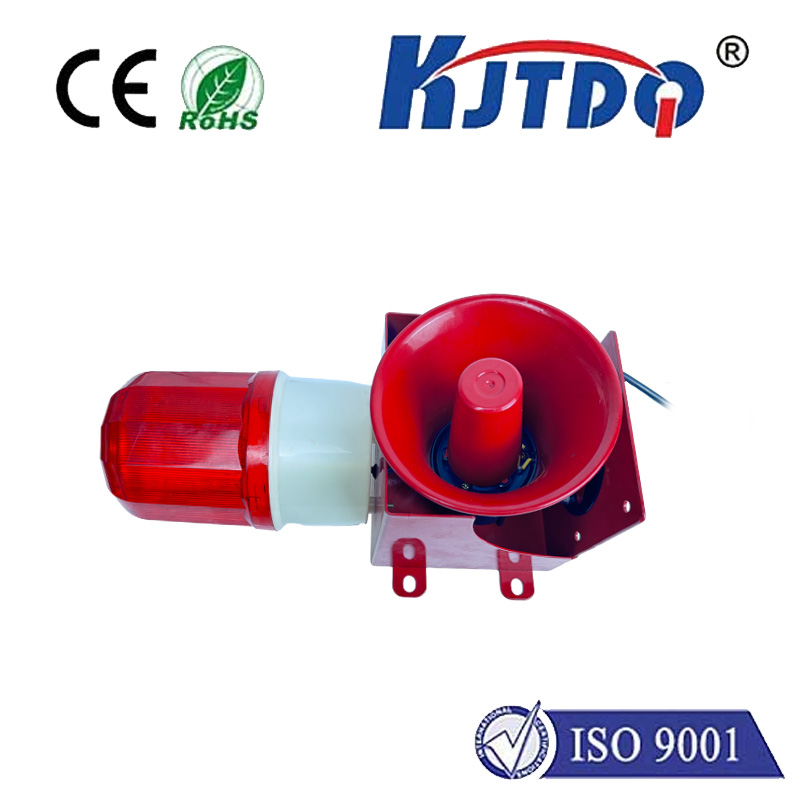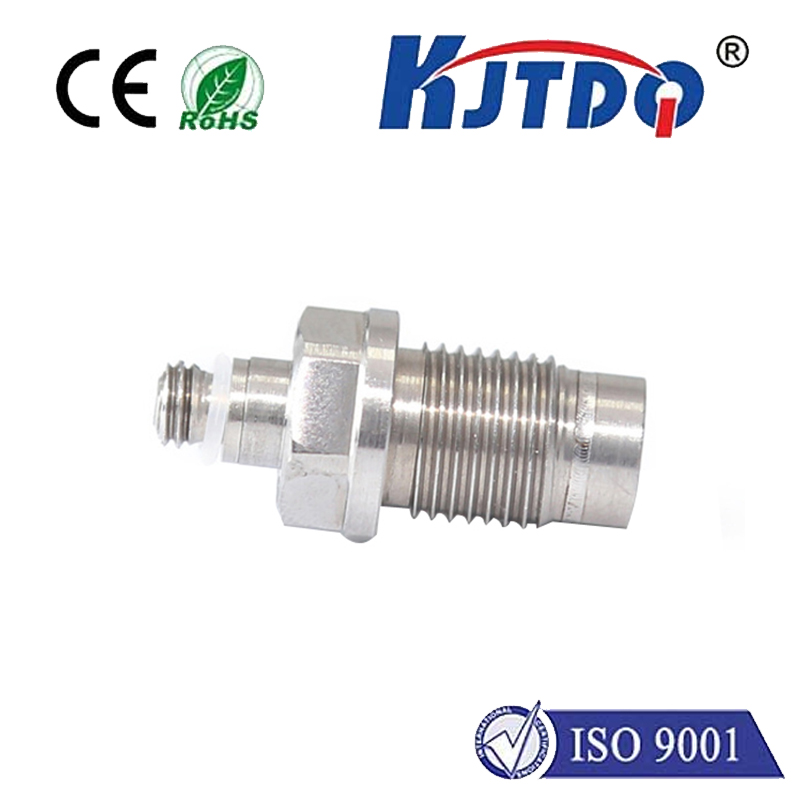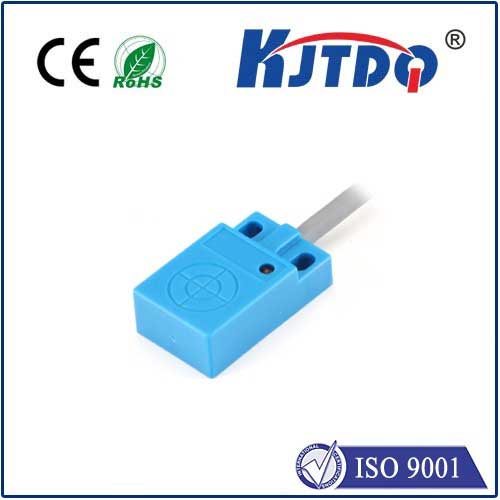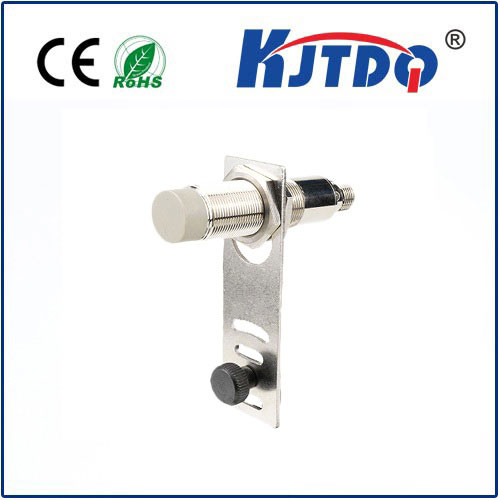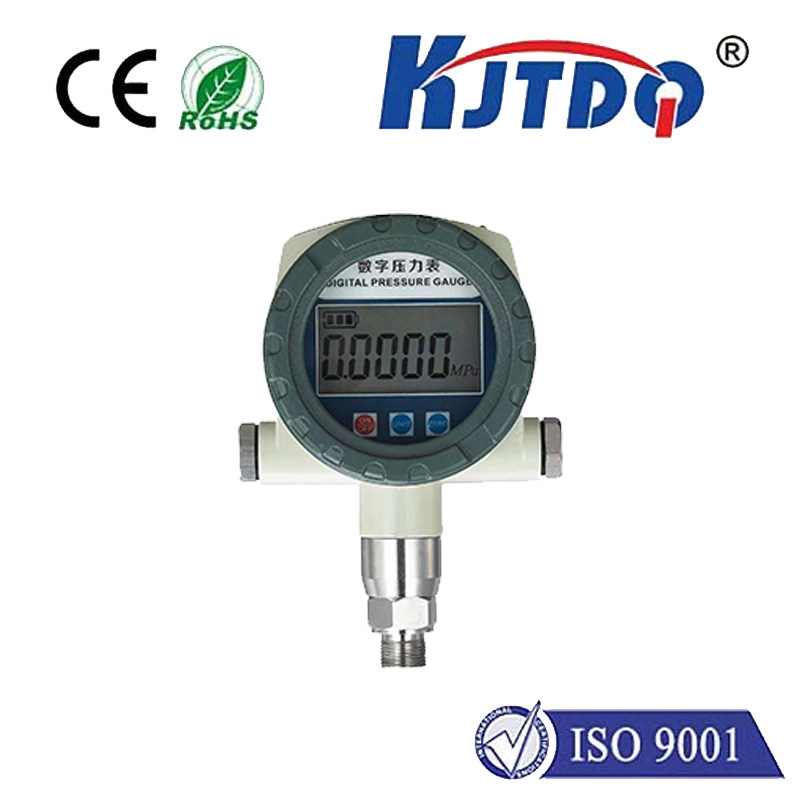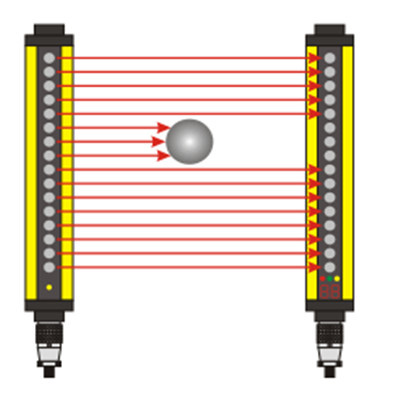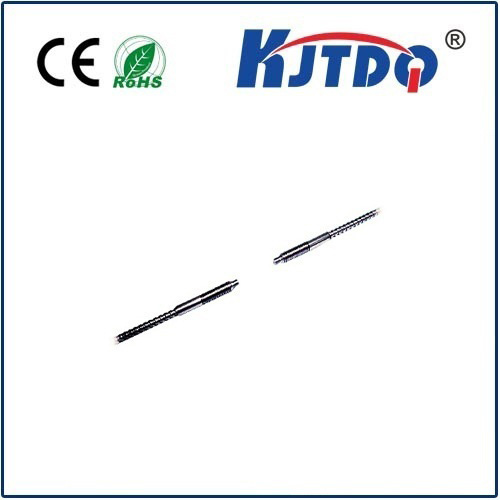
check

check

check

check
In the ever-evolving landscape of technology, advancements in sensors play a crucial role in propelling innovation across various industries. The E3FB-BN11 2Mphotoelectric sensor emerges as a groundbreaking development, promising to redefine precision sensing and its applications. This article delves into the features, benefits, and potential impact of this remarkable sensor.
Photoelectric sensors have long been a staple in automation and control systems due to their ability to detect objects without physical contact. They work by emitting a beam of light and detecting changes in that light when an object passes through or blocks it. Over the years, these sensors have found applications ranging from industrial manufacturing to home automation systems.

The E3FB-BN11 2Mphotoelectric sensor represents a significant leap forward in photoelectric sensing technology. Engineered with precision and reliability at its core, this sensor is designed to deliver unparalleled accuracy and performance. Its advanced capabilities make it suitable for a wide array of demanding applications, pushing the boundaries of what photoelectric sensors can achieve.
One of the standout features of the E3FB-BN11 2Mphotoelectric sensor is its exceptional sensitivity. This heightened sensitivity allows for the detection of even the smallest changes in light, making it ideal for applications where precise measurements are critical. Coupled with a rapid response time, this sensor ensures that any variation in light is detected instantly, providing real-time data for analysis. Moreover, the E3FB-BN11 boasts a robust design that enhances durability and longevity. Built to withstand harsh environmental conditions, including dust, moisture, and mechanical shock, this sensor is well-suited for industrial environments where other less resilient sensors might falter. Its IP67-rated enclosure further protects against water ingress and particulate matter, ensuring consistent operation even in challenging settings. Another notable advantage is its user-friendly design. The E3FB-BN11 2Mphotoelectric sensor comes with easy-to-adjust sensitivity settings, allowing users to tailor its performance to their specific needs. Additionally, its compact form factor makes it versatile and easy to integrate into existing systems, offering a seamless upgrade path for enhancing automation setups.
The versatility and precision of the E3FB-BN11 2Mphotoelectric sensor open up a myriad of potential applications across various industries. In manufacturing, this sensor can be employed for quality control, counting products on conveyor belts, or monitoring fill levels in packaging lines. Its high accuracy ensures that only products meeting stringent specifications move through production processes, reducing waste and increasing efficiency. In the realm of robotics, the E3FB-BN11 can significantly enhance the performance of autonomous systems. By providing precise feedback on object presence and position, it enables robots to navigate complex environments more effectively, improving safety and productivity. Automated guided vehicles (AGVs) can also benefit from this sensor’s capabilities, using it for obstacle detection and navigation. Home automation systems, too, stand to gain from the integration of the E3FB-BN11 2Mphotoelectric sensor. Whether it’s enhancing security systems by detecting unauthorized entry or optimizing energy consumption through smart lighting control, the sensor’s precision and reliability contribute to creating smarter, safer living spaces.
The advent of the E3FB-BN11 2Mphotoelectric sensor marks a pivotal moment in the history of sensing technology. Combining unparalleled precision, robustness, and user-centric design, it sets new standards for what photoelectric sensors can achieve. As industries continue to seek ways to enhance automation and control systems, this sensor stands out as a beacon of progress, ushering in a future where precision sensing plays an integral role in driving innovation and efficiency across the board.

